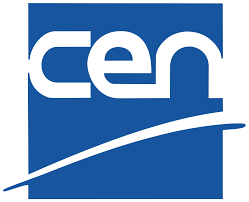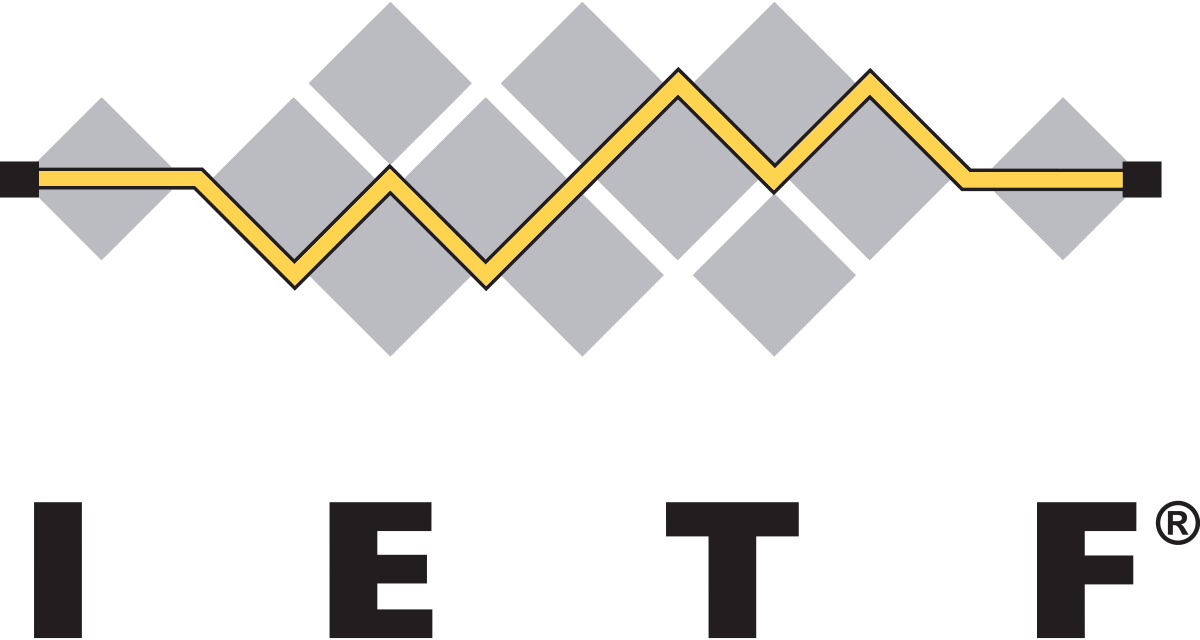Supplementary grip devices
Preparation of European Standards specifying safety and performance requirements for supplementary grip devices to be mounted on tyres of road vehicles.

Preparation of European Standards specifying safety and performance requirements for supplementary grip devices to be mounted on tyres of road vehicles.

We are responsible for a range of radio product and electromagnetic compatibility (EMC) standards and the overall co-ordination of radio spectrum matters.
For many years we have provided more than 75% of the Harmonised Standards required under the R&TTE Directive until the arrival of the Radio Equipment Directive in June 2016. The RED has implications for ETSI’s radio work, especially in relation to receivers, software defined radio and cognitive radio. After review and alignment, TC ERM is currently maintaining nearly 150 Harmonised Standards related to the RED.
Since the scope of the RED is broader than the R&TTE Directive, we develop new Harmonised Standards in areas such as radio and TV broadcast receivers, equipment below 9 kHz and radio determination equipment which were not addressed previously.

While code lists have been used for many years, and their representations for the purposes of being validated are features of a number of constraint languages, there does not exist any standardized representation whose purposes address their interchange, documentation and management for use in any processing context. The purpose of the TC is to produce an XML interchange format for code lists. The format will support actual codes (including alternative codes and composite multi-part codes) and arbitrary related information for each code suitable for documentation and management. The format will also support the automated generation of derived code lists by providing an unambiguous specification of how a set of input code lists can be transformed into an output code list.
The scope of the TC is to produce a set of requirements, a W3C XML Schema, a UML model, documentation, and test examples (particularly to support the code list derivation functionality) initially based on an initial contribution to the committee, and then subsequently on evolving requirements. The creation of software to implement the work of the TC is out of scope.

The Energy Interoperation TC works to define interaction between Smart Grids and their end nodes, including Smart Buildings, Enterprises, Industry, Homes, and Vehicles. The TC develops data and communication models that enable the interoperable and standard exchange of signals for dynamic pricing, reliability, and emergencies. The TC's agenda also extends to the communication of market participation data (such as bids), load predictability, and generation information.

The OASIS eMIX TC works to define standards for exchanging energy characteristics, availability, and schedules to support the free and effective exchange of information. Better communication of actionable energy prices will help enable and expand efficient markets that satisfy the growing demand for lower-carbon, lower-energy buildings, net zero-energy systems, and supply-demand integration that take advantage of dynamic pricing. Businesses, homes, electric vehicles and the power grid will benefit from automated and timely communication of energy price, characteristics, quantities, and related information.
eMIX focuses on methods of exchanging market information consistent with the OASIS Blue approach, encompassing consistency, transparency, and security.
The eMIX TC works closely with the OASIS Energy Interoperation TC and the OASIS WS-Calendar TC, which respectively are developing Web services-based information and communication models for exchanging dynamic pricing, reliability, and emergency signals and information on energy market participation (such as bids), load predictability, and generation, and common schedule information.

The XACML Technical Committee defines a core XML schema for representing authorization and entitlement policies.
XACML is expected to address fine grained control of authorized activities, the effect of characteristics of the access requestor, the protocol over which the request is made, authorization based on classes of activities, and content introspection (i.e. authorization based on both the requestor and potentially attribute values within the target where the values of the attributes may not be known to the policy writer). XACML is also expected to suggest a policy authorization model to guide implementers of the authorization mechanism.

The OASIS KMIP TC works to define a single, comprehensive protocol for communication between encryption systems and a broad range of new and legacy enterprise applications, including email, databases, and storage devices. By removing redundant, incompatible key management processes, KMIP will provide better data security while at the same time reducing expenditures on multiple products.

The LegalCiteM TC develops an open standard for machine-readable tagging of legal citations based upon a formalized conceptual model, vocabulary, metadata definitions, and prescribed syntax. The goal of the standard is to support rich tagging of citations while leaving the visible text of the citation undisturbed. The markup is intended to work for a broad variety of legal content types — including court cases, legislation, regulations, parliamentary documents, and legal treatises. It supports citations as used in different countries and jurisdictions, and allows other metadata to be associated with citations for purposes beyond just linking. The TC also defines use cases, overviews, sample data sets, and such other non-normative content to help guide implementers and users in adopting the standard.
The TC is affiliated with the OASIS LegalXML Member Section. For more information on the LegalCiteM TC, see the TC Charter.

The OASIS LegalDocML TC works to advance worldwide best practices for the use of XML within a Parliaments', Assembly's or Congress' document management processes, within courts' and tribunals' judgment management systems, and generally in legal documents including contracts. The work is based on the Akoma Ntoso-UN project. The LegalDocML TC's goal is to collect requirements from the community of the stakeholders who create, manage and use legislative and legal documents (editors, libraries, public institutions, tribunals, publishers, etc.) in order to extend and refine the standard. All are welcome to join this work.
The LegalDocumentXML Specs provides a common legal document standard for the specification of parliamentary, legislative and judicial documents, for their interchange between institutions anywhere in the world and for the creation of a common data and metadata model that allows experience, expertise, and tools to be shared and extended by all participating peers, courts, Parliaments, Assemblies, Congresses and administrative branches of governments. The standard aims to provide a format for long-term storage of and access to parliamentary, legislative and judicial documents that allows search, interpretation and visualization of documents.
The specifications of the standard is based on the experience of the Akoma Ntoso language, and for this reason the specification keeps the name "Akoma Ntoso" and the root of the XML-schema will be "akomaNtoso".
The LegalDocumentXML Specs examine the relationships between the proposed XML vocabulary and other similar efforts especially those that already have gained national acceptance or are included in other LegalXML vocabularies (e.g. eContracts). In particular, the CEN Metalex standard is recognized as offering a conceptual meta-model that is appropriate for the management of the compliancy issues between different XML national standards. Akoma Ntoso is from the very beginning compliant with CEN Metalex as an explicit design choice. CEN Metalex compliancy will be considered as the first and most important requirement for comparison between the XML language approved by the TC and any other XML standard.
One of the topics about whom the LegalDocumentXML Specs provides a standardization is a URI-based syntax for legal citations for all types of documents produced by Parliaments and Courts and managed by the XML vocabulary, called the naming convention. The LegalDocumentXML Spec aims to examine and, as much as possible, accept past experiences and decisions of the Akoma Ntoso technical team, which have been consistently using an http-based syntax. This approach appears similar to the one chosen by the European Legislation Identifier and is also consistent with the http based URIs of the URN:LEX syntax, appendix D.
The TC is affiliated with the OASIS LegalXML Member Section. For more information on LegalDocML, see the TC Charter.

The initial focus of this Working Group was the development of mechanisms that provide confidentiality and authentication between DNS Clients and Iterative Resolvers (published as RFCs 7858 and 8094). With proposed standard solutions for the client-to-iterative resolvers published, the working group turns its attention to the development of documents focused on: 1) providing confidentiality to DNS transactions between Iterative Resolvers and Authoritative Servers, 2) measuring the efficacy in preserving privacy in the face pervasive monitoring attacks, and 3) defining operational, policy, and security considerations for DNS operators offering DNS privacy services. Some of the results of this working group may be experimental.There are numerous aspects that differ between DNS exchanges with an iterative resolver and exchanges involving DNS root/authoritative servers. The working group will work with
DNS operators and developers (via the DNSOP WG) to ensure that proposed solutions address key requirements.
